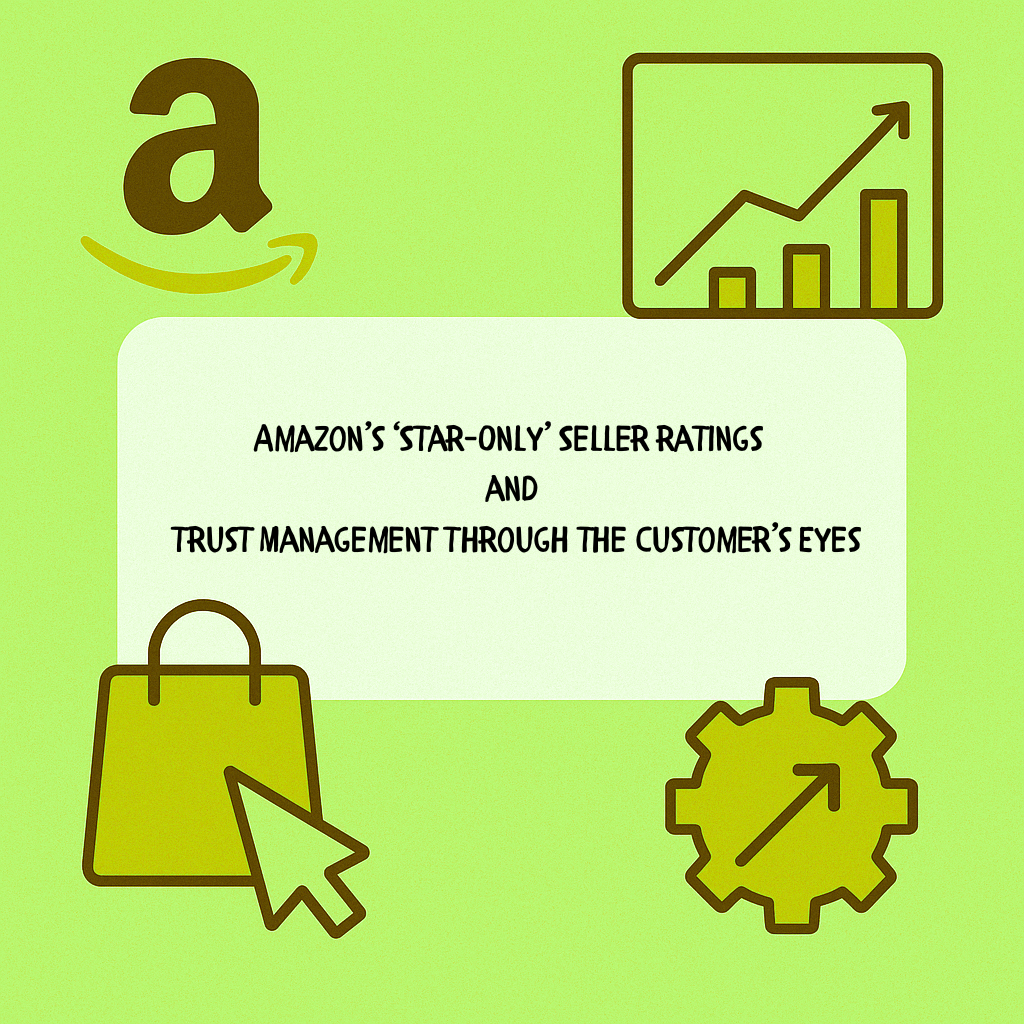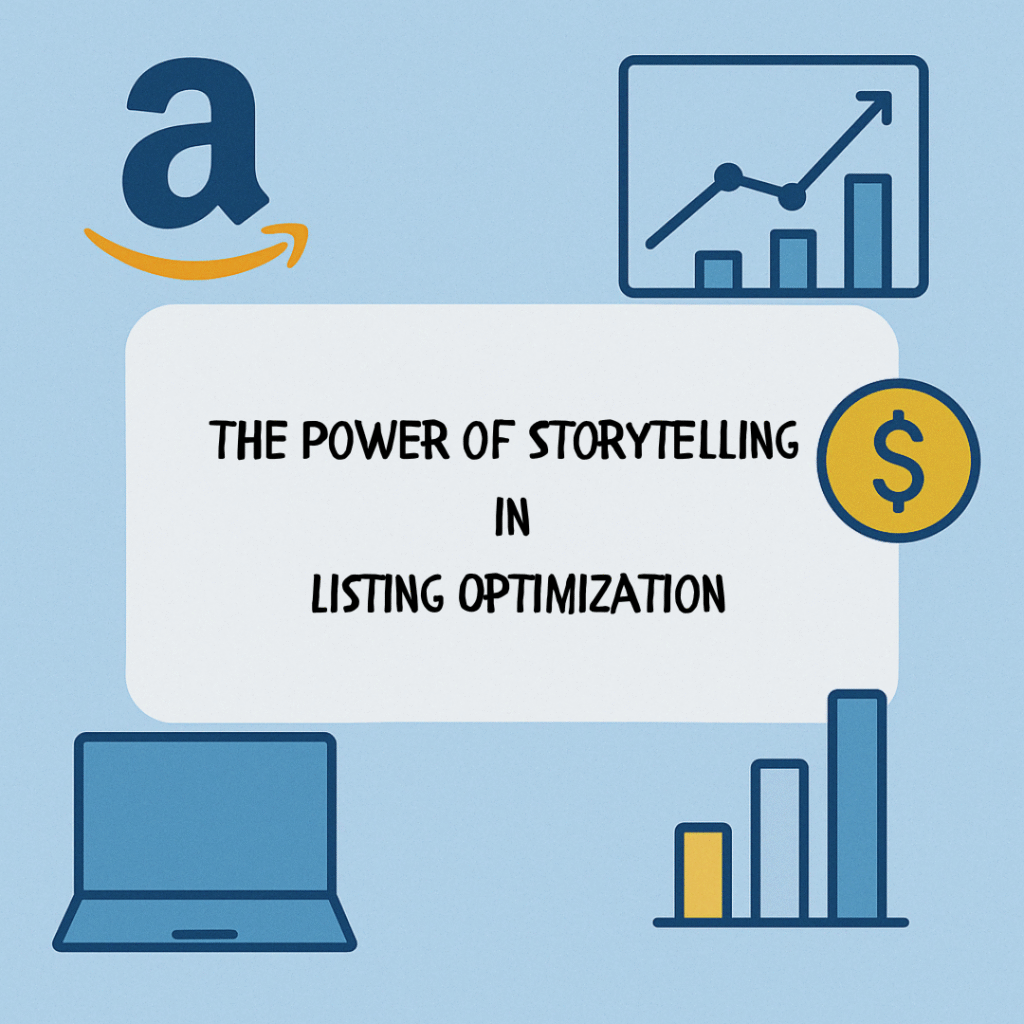On platforms like Amazon or Etsy, success isn’t just about listing your product; it’s about how you communicate with potential buyers. This is where “storytelling” comes into play. Shoppers don’t only want to see product features; they want to know what problem the product solves, how it fits into their lifestyle, and most importantly, how it will make them feel.

A listing filled only with technical details can easily turn into a cold catalog page. Adding a touch of storytelling, however, allows customers to see themselves using the product. For example, instead of saying “durable water bottle,” framing it as “the companion that keeps your water refreshingly cold during long hikes” creates a stronger emotional connection. This approach not only speeds up purchasing decisions but also builds customer loyalty.
Storytelling also gives your brand a unique voice. While algorithm-friendly keywords are vital for visibility, ignoring the human factor limits your sales potential. The most effective strategy is to combine strong keywords with narrative-driven descriptions, turning each listing into a small showcase of your brand’s story. After all, people don’t just buy products—they invest in feelings and experiences.




